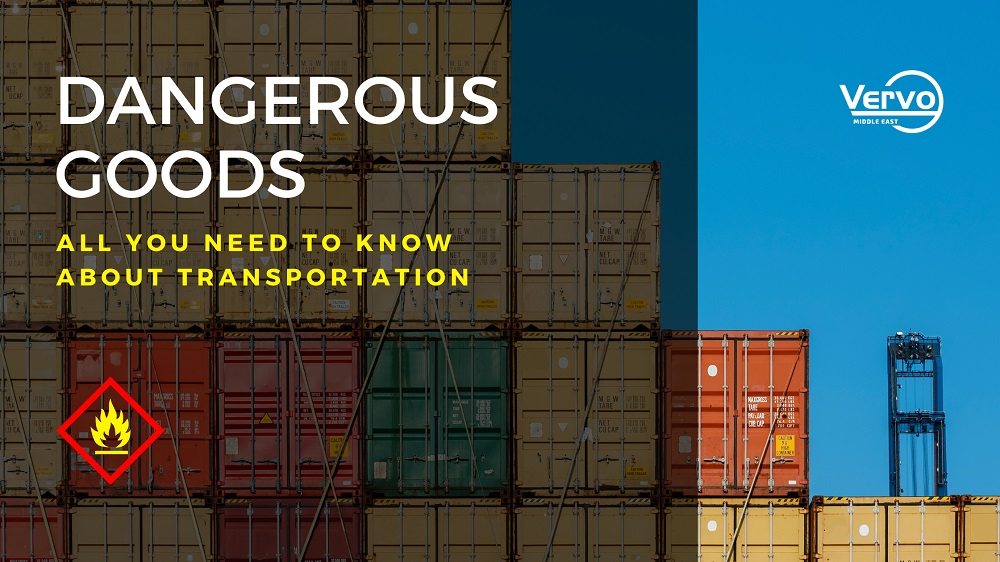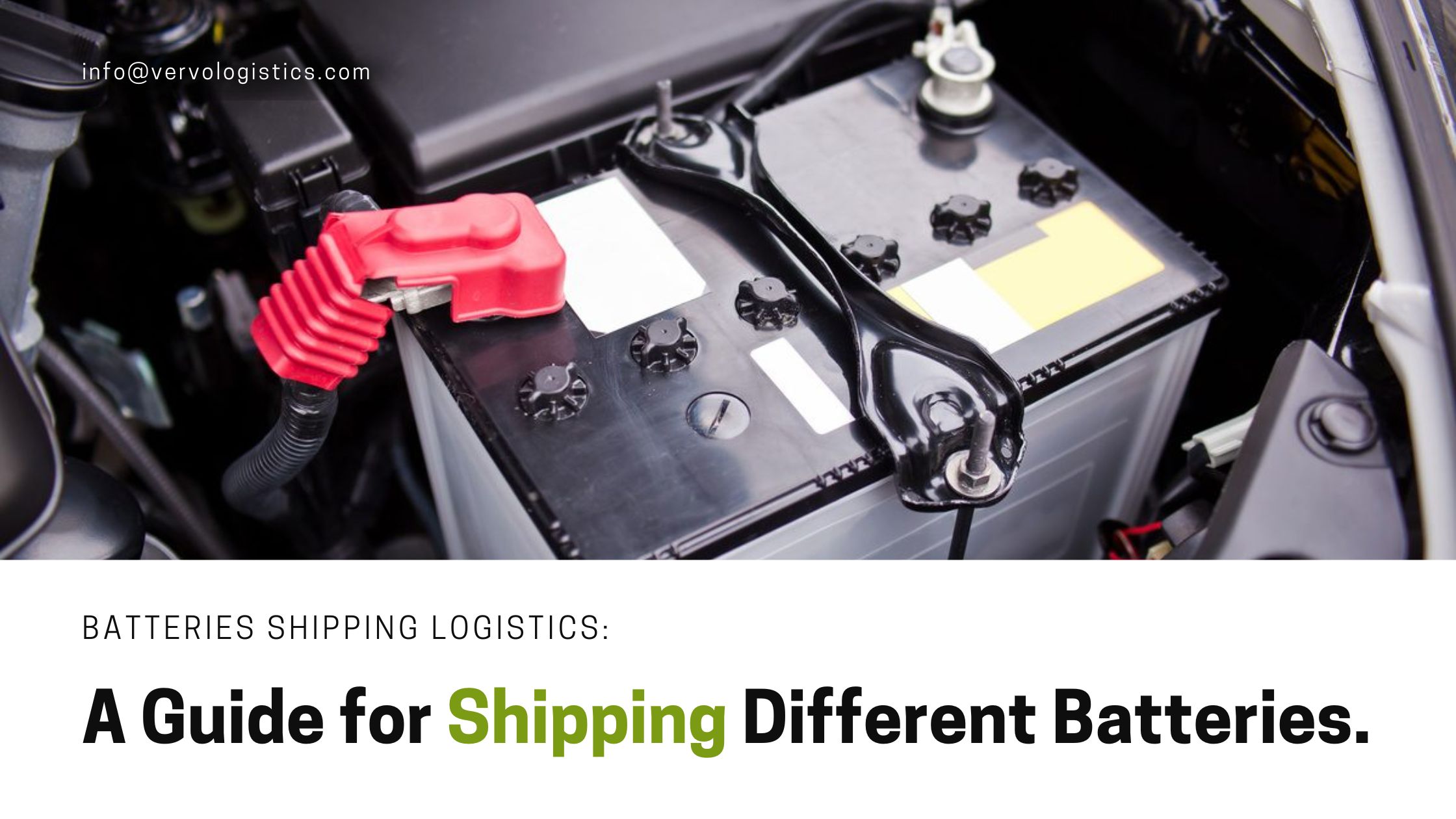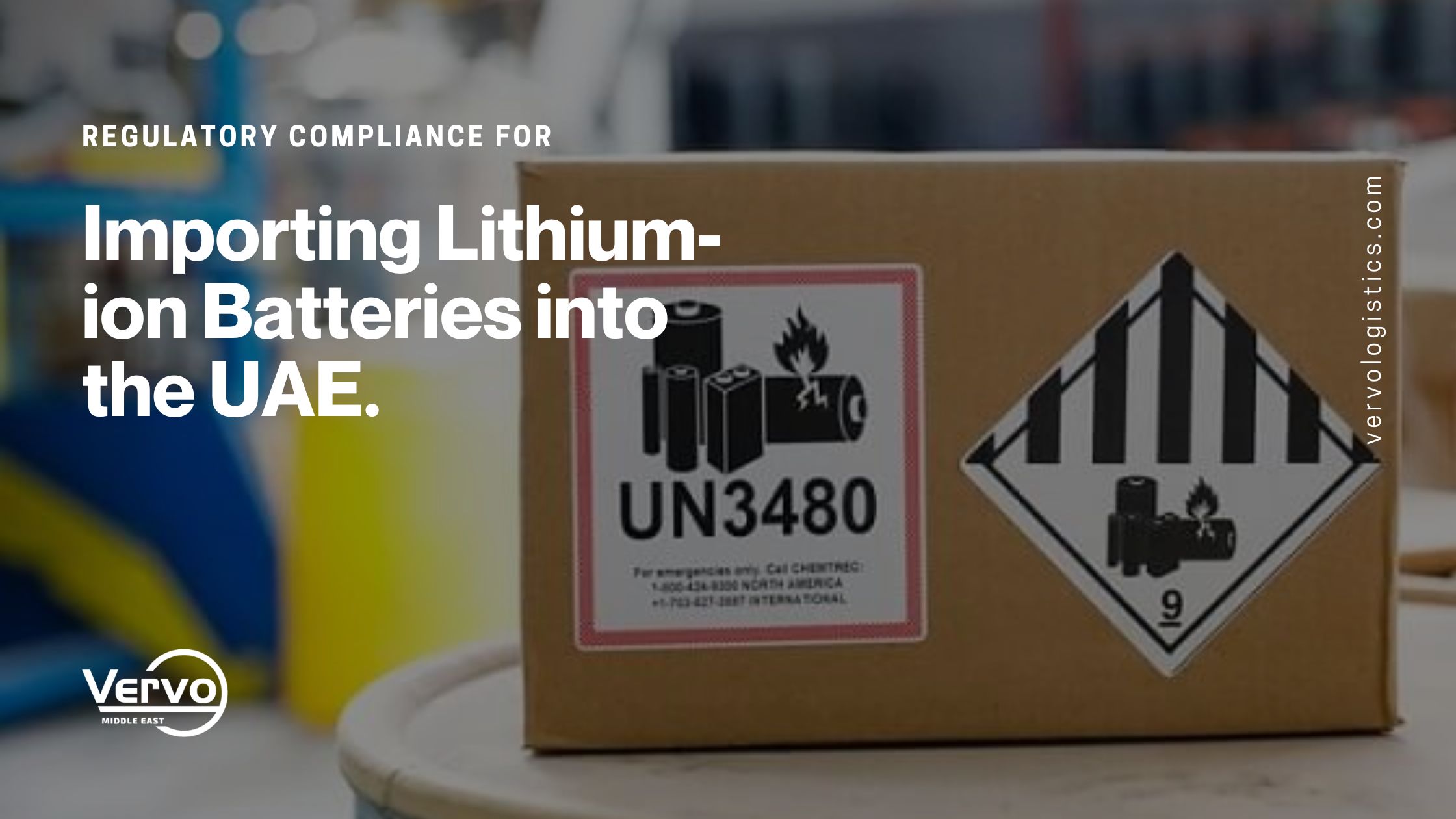Shipping dangerous goods can be tricky. Every shipment has its own unique needs. The logistics processes required for shipping a car differ from when you are transporting a parcel. However, all require precision and expertise. When it comes to importing and exporting dangerous goods in the UAE, this could be one of the vital concerns any trading company must take into account while transporting cargo. There is no doubt that a reliable logistics partner can make this process easier. That is because moving dangerous and hazardous goods requires the highest levels of precision and expertise compared to other cargo types, no matter the method of transportation.
Understanding the most recent laws and regulations will make the shipping process smoother and faster. If you're looking for tips, keep reading to find out:
- What are dangerous goods, and under what classes do they fall?
- Is there a difference between hazardous and dangerous cargo?
- How to ship dangerous and hazardous cargo to the United Arab Emirates?
What are dangerous and hazardous goods?
Dangerous and hazardous goods are items or substances that, if inadequately managed or improperly transported, could pose a risk to the health and safety of people, endanger property and infrastructure, or harm the environment.
Dangerous and hazardous cargo may include pure chemicals, mixtures of substances, manufactured products, or other similar objects. They must be handled with the utmost care, properly packed, and delivered with the necessary expertise to guarantee they reach their destination safely.
Above all, if you are moving such cargo to the UAE, your items must comply with IMO and IATA requirements. You must also follow the UAE's local standards on packing, supporting paperwork, and labeling requirements based on your cargo class.
The difference between dangerous and hazardous goods
We classify dangerous goods, abbreviated DG, based on their direct physical or chemical effects, such as fire, explosion, corrosion, and poisoning. Whether on the property, the surrounding environment, or people. Any cargo containing chemicals, materials, or articles covered by the IMDG Code, whether solids, liquids, or gases, is considered DG. That is because of its explosive, corrosive, toxic nature, or other qualities.On the other hand, hazardous substances are classified solely based on their immediate or long-term health effects.
If you are unclear whether your cargo is dangerous or hazardous, request a Safety Data Sheet (SDS) from the manufacturer or supplier. If a UN number appears in Chapter 14, it is a dangerous good (DG).
Below, we highlight the nine classes of dangerous goods in a simple categorization, so you can know under what category your cargo falls.
The 9 Classes of Dangerous and Hazardous Cargo
There are nine primary classifications for shipping dangerous goods. The cargo packing, handling, and even expertise needed for delivery all differ according to the cargo class.
Class 1: Explosives
Although explosives may be extremely harmful when sufficiently triggered, they are manufactured to be rather stable on a regular surface. They can be handled and transported securely by land and sea so long as they are not exposed to a significant shock, such as in a high-speed traffic crash, or left to become heated in a fire. Some powerful explosives may be ignited at temperatures as low as 200 °C. The class is divided into six divisions: projection hazards only, fire hazards and minor blasts or minor projection hazards, minimal hazards, blasting agents, and extremely insensitive detonating articles.
Class 2: Gases
Gases are often heavier than air. They may endanger someone's breathing when released or mixed with air in small rooms. Nitrogen, helium, and hydrogen are among such gases. They must be stored in specific, highly insulated containers to keep them from heating up after becoming liquid. Aside from physical hazards, gases can also pose chemical risks, such as those caused by poisonous and flammable gases like ammonia and acetylene. This class has three divisions: flammable gases, non-flammable gases, non-toxic gases, and toxic gases, respectively.
Class 3: Flammable Liquids
Petrol is a popular flammable liquid derived from petroleum, the same as kerosene. Other flammable liquids, such as alcohol, are created by industrial or natural processes. The storage and transportation of flammable liquids, like dangerous products, are subject to stringent regulations. We divide flammable liquids into three packing groups based on their boiling and flash points, respectively:
- Group one: boiling points less than 35 °C
- Group two: boiling points greater than 35 °C and flashpoints less than 23 °C
- Group three: boiling point greater than 35 °C; flashpoint greater than 23 °C
Class 4: Flammable Solids
Flammable solids burn more easily than conventional combustible materials when heated above a certain temperature or shocked. The burning of such flammables generates a large amount of heat. They may also emit hazardous vapors.
- Class 4.1: General Flammable Solids. Some of the 4.1 materials are less sensitive, such as wet trinitrotoluene (TNT).
- Class 4.2: Spontaneously Combustible Items. Items in this category spontaneously burn when exposed to oxygen. They must be kept as liquids or in sealed containers beneath a covering of inert gas or liquid.
- Class 4.3: Goods in this category are hazardous when wet. When they react with water, they produce flammable gas in the form of a liquid or vapor. They must be kept in waterproof and hermetically sealed containers.
Class 5: Oxidizing Substances
Class 5 includes two categories: oxidizing agents and organic peroxides. Some oxidizers can become explosive when heated rapidly, especially when carbon is present. Ammonium nitrate is one of the most popular oxidizing agents. It is readily available since it is manufactured in large quantities as an agricultural fertilizer to supply more nitrogen to crops. Organic peroxides typically require refrigeration to maintain a controlled temperature.
Class 6: Toxic and Infectious Substances
Class 6 includes toxic and infectious substances, respectively. These are chemical poisons and viral substances that affect the human body. They must not be allowed to enter the body by inhalation, ingestion, or skin absorption.
- Class 6.1: Toxics that include solids and liquids but not toxic gases.
- Class 6.2: Infectious substances include pathogens (infectious microorganisms).
Class 7: Radioactives
Radioactive materials are goods with unstable atoms that spontaneously and randomly change their structure over time. When an atom transforms, it emits ionizing radiation. The degree of harm depends on the kind of radiation and exposure time. Examples of radioactive materials are cesium, cobalt, and strontium. Packaging should act as a shield while shipping such materials, which makes handling them safer.
Class 8: Corrosives
These highly reactive items create positive chemical reactions. Examples of commonly shipped class 8 dangerous items are acids like sulfuric acid, strong bases such as sodium hydroxide, batteries, and their fluids. We divide corrosive compounds into three packaging categories based on their level of danger.
- Packing Group I: Extremely Hazardous Compounds and Preparations
- Packing Group II: Medium-Dangerous Substances and Preparations
- Packing Group III: Minor-Dangerous Substances and Preparations
It is important to note that transporting dangerous commodities like acids and alkalis at sea is subject to strict rules of The International Maritime Dangerous Goods (IMDG) Code.
Class 9: Other Substances and Articles
Class 9 includes various dangerous goods that pose a danger or hazard during transportation. Class Nine contains substances that cannot be covered by the other eight classes or categorized elsewhere in the United Nations system. They involve a range of unrelated dangers that cross two or more class boundaries.
Examples of commonly transported items under this category are zinc oxide, lithium-ion batteries, genetically modified organisms, airbag modules, and motor engines.
Shipping dangerous and hazardous cargo to the United Arab Emirates with Vervo Middle East
Shipping dangerous items can be challenging for any import-export company in the UAE. Such commodities comprise a wide range of materials and substances that should be handled differently.
You must always be well aware of the applicable rules and regulations, besides the documentation and paperwork processes related to their shipments in the UAE. If you need to ship dangerous and hazardous cargo to the United Arab Emirates, contact our experts today!
Our freight specialists provide an end-to-end integrated solution for all applicable classes of dangerous and hazardous goods, including packing, labeling, proper paperwork, transportation, and customs clearance, all the way to final delivery.
Vervo Middle East is an authorized freight forwarder and reliable logistics partner who makes this process easier. We plan for dangerous goods uplift and packing in compliance with IMO and IATA requirements.
Our licensed experts can find the right solution for all dangerous goods. No matter the mode of transportation, we are ready to help.
Vervo Middle East engages with local authorities to guarantee your import or export goes hassle-free, safely, and on schedule. Get your free shipping quote within an hour!
Have any questions or need additional information about shipping certain dangerous items into the UAE? Our team is ready to answer all your queries. Contact us via email at




